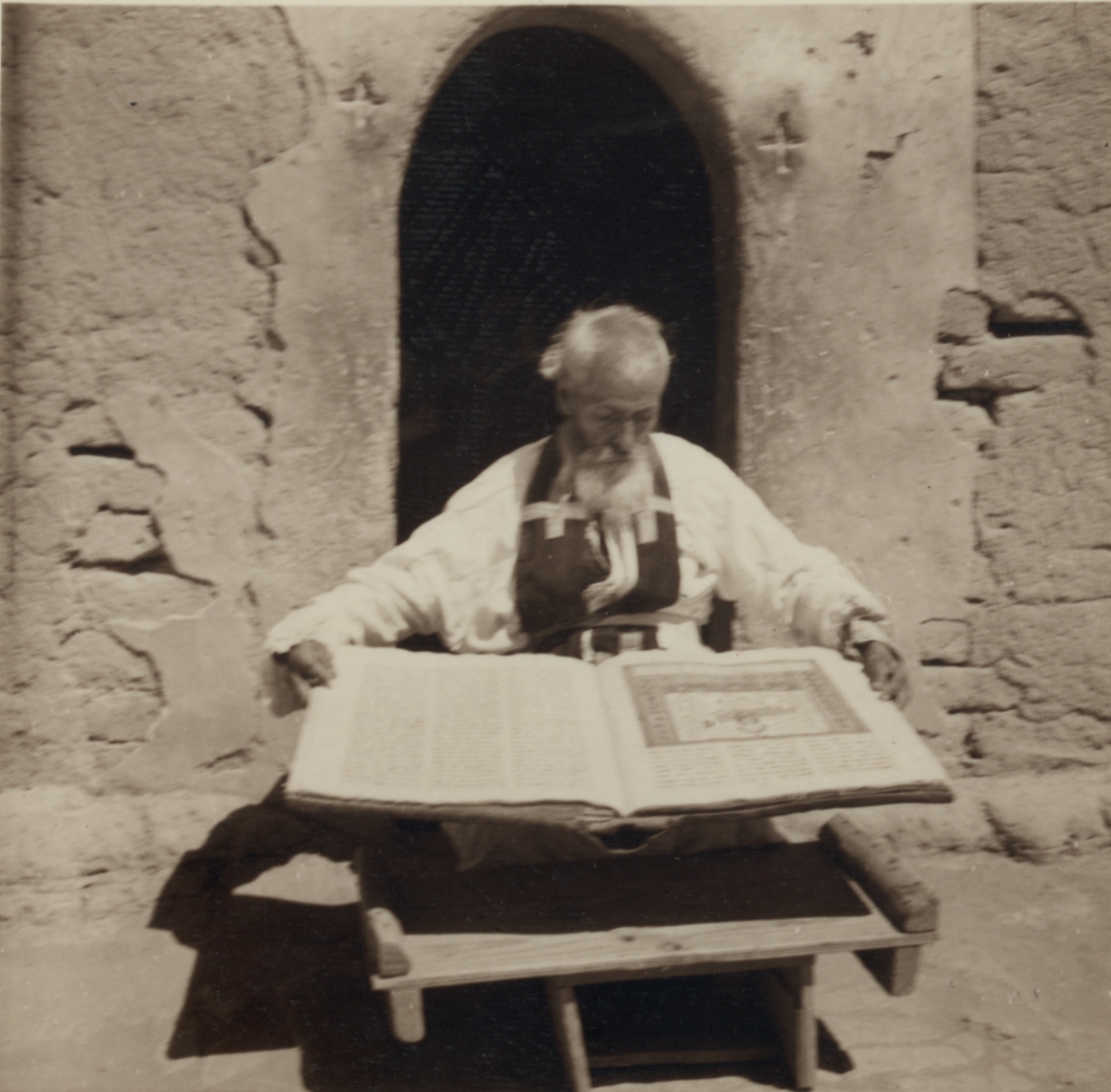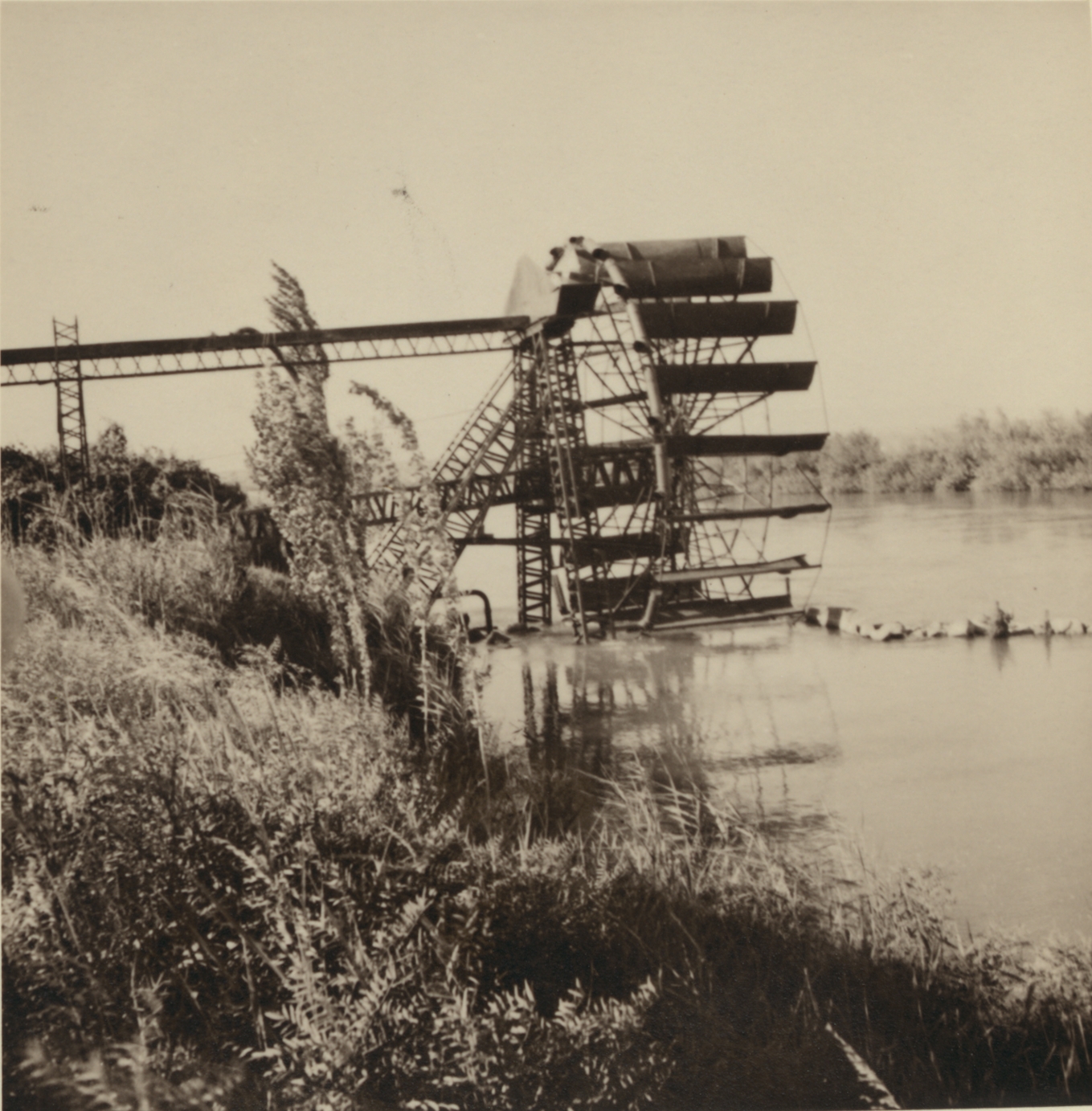|
Tell Wardiyat
Tell Wardiyat ( ar, تل ورديات, syr, ܬܰܠ ܘܰܪܕܺܝܰܬ), is a village located in al-Hasakah Governorate in northeastern Syria. The village is inhabited by Assyrians belonging to the Assyrian Church of the East and the Syriac Orthodox Church. (AINA) See also * Assyrians in Syria * * |
Governorates Of Syria
Syria is a unitary state, but for administrative purposes, it is divided into fourteen governorates, also called provinces or counties in English (Arabic ''muḥāfaẓāt'', singular '' muḥāfaẓah''). The governorates are divided into sixty-five districts (''manāṭiq'', singular '' minṭaqah''), which are further divided into subdistricts (''nawāḥī'', singular '' nāḥiyah''). The ''nawāḥī'' contain villages, which are the smallest administrative units. Each governorate is headed by a governor, appointed by the president, subject to cabinet approval. The governor is responsible for administration, health, social services, education, tourism, public works, transportation, domestic trade, agriculture, industry, civil defense, and maintenance of law and order in the governorate. The minister of local administration works closely with each governor to coordinate and supervise local development projects. The governor is assisted by a provincial council, all of who ... [...More Info...] [...Related Items...] OR: [Wikipedia] [Google] [Baidu] |
Assyrian Church Of The East
The Assyrian Church of the East,, ar, كنيسة المشرق الآشورية sometimes called Church of the East, officially the Holy Apostolic Catholic Assyrian Church of the East,; ar, كنيسة المشرق الآشورية الرسولية الجاثلقية المقدسة is an Eastern Christian church that follows the traditional Christology and ecclesiology of the historical Church of the East. It belongs to the eastern branch of Syriac Christianity, and employs the Divine Liturgy of Saints Addai and Mari belonging to the East Syriac Rite. Its main liturgical language is Classical Syriac, a dialect of Eastern Aramaic, and the majority of its adherents are ethnic Assyrians. The church also has an archdiocese located in India, known as the Chaldean Syrian Church of India. The Assyrian Church of the East is officially headquartered in the city of Erbil, in northern Iraq; its original area also spread into southeastern Turkey, northeastern Syria and northwestern ... [...More Info...] [...Related Items...] OR: [Wikipedia] [Google] [Baidu] |
Populated Places In Al-Hasakah District
Population typically refers to the number of people in a single area, whether it be a city or town, region, country, continent, or the world. Governments typically quantify the size of the resident population within their jurisdiction using a census, a process of collecting, analysing, compiling, and publishing data regarding a population. Perspectives of various disciplines Social sciences In sociology and population geography, population refers to a group of human beings with some predefined criterion in common, such as location, race, ethnicity, nationality, or religion. Demography is a social science which entails the statistical study of populations. Ecology In ecology, a population is a group of organisms of the same species who inhabit the same particular geographical area and are capable of interbreeding. The area of a sexual population is the area where inter-breeding is possible between any pair within the area and more probable than cross-breeding with i ... [...More Info...] [...Related Items...] OR: [Wikipedia] [Google] [Baidu] |
Al-Hasakah Offensive (February–March 2015)
The Eastern al-Hasakah offensive was launched in the Al-Hasakah Governorate during the Syrian Civil War, by the Kurdish-majority People's Protection Units, Assyrian Christian militias, and allied Arab forces against the jihadist Islamic State of Iraq and the Levant (ISIL or ISIS), with the intent of retaking the areas of the Jazira Canton that had been captured by ISIL. Subsequently, the Syrian Armed Forces also launched an assault against the jihadists, without coordinating with the YPG. Background In February 2014, multiple towns and villages in the eastern part of the Jazira Canton came under ISIL control. On 23 June 2014, ISIL expanded into Tell Brak and the surrounding area, as well as the eastern outskirts of the city of Al-Hasakah. In early October 2014, ISIL launched a massive offensive, capturing some villages in the eastern Jazira Canton, with subsequent campaigns expanding ISIL control in the region into December 2014. In mid-December, the Syrian Army and the YPG eng ... [...More Info...] [...Related Items...] OR: [Wikipedia] [Google] [Baidu] |
List Of Assyrian Settlements
The following is a list of historical and contemporary Assyrian settlements in the Middle East. This list includes settlements of Assyrians from Southeastern Turkey who left their indigenous tribal districts in Hakkari (or the historical Hakkari region), Sirnak and Mardin province due to torment, violence and displacement by Ottomans and Kurds in the First World War. Many Assyrians from Urmia, Iran were also affected and as such have emigrated and settled in other towns. Resettling again occurred during the Simele massacre in northern Iraq, perpetrated by the Iraqi military coup in the 1930s, with many fleeing to northeastern Syria. Most modern resettlement is located in Iraq, Syria and Iran in the cities of Baghdad, Habbaniyah, Kirkuk, Duhok, Al-Hasakah, Tehran and Damascus. Few Assyrian settlements exist in Turkey today and also in the Caucasus. The exodus to the cities or towns of these aforementioned countries occurred between late 1910s and 1930s. After the Iraq War in ... [...More Info...] [...Related Items...] OR: [Wikipedia] [Google] [Baidu] |
Assyrians In Syria
Assyrians in Syria ( syr, ܐܬܘܪܝܐ ܕܣܘܪܝܐ, ar, الآشوريون في سوريا) are an ethnic and linguistic minority that are Indigenous peoples, indigenous to Upper Mesopotamia (known in Syriac as ''Gozarto'') which is the name used for the Upland and lowland, uplands and great outwash plain of northwestern Iraq, northeastern Syria and southeastern Turkey. Syrian-Assyrians are people of Assyrian people, Assyrian descent living in Syria, and those in the Assyrian diaspora who are of Syrian-Assyrian heritage. They live primarily in Al-Hasakah Governorate, with a significant presence in Hasakah city and the cities of Qamishli, Al-Malikiyah, Malikiyah, Ras al-Ayn, and Al-Qahtaniyah, al-Hasakah Governorate, Qahtaniyah, as well as in Tell Tamer and nearby villages. Some have migrated to Damascus and other western cities. They share a common history and Assyrian identity, ethnic identity, rooted in shared Syriac language, linguistic, Assyrian culture, cultural and Syriac ... [...More Info...] [...Related Items...] OR: [Wikipedia] [Google] [Baidu] |
Assyrian International News Agency
The Assyrian International News Agency is a privately funded, independent news agency which provides news and analysis on Assyrian and Assyrian-related issues. It was founded by Peter BetBasoo and Firas Jatou in 1995. Background The website is registered to an address in Chicago, Illinois, belonging to Nineveh Software Corporation. AINA articles have been cited by: * The Wall Street Journal * International Business Times * The New York Times * CNN * USA Today * Fox News * The Christian Post * Crosswalk.com * United Press International United Press International (UPI) is an American international news agency whose newswires, photo, news film, and audio services provided news material to thousands of newspapers, magazines, radio and television stations for most of the 20th ... References External links * {{official website, http://www.aina.org/ News agencies based in the United States Assyrian-American culture in Illinois Assyrian diaspora in North America ... [...More Info...] [...Related Items...] OR: [Wikipedia] [Google] [Baidu] |
Syriac Orthodox Church
, native_name_lang = syc , image = St_George_Syriac_orthodox_church_in_Damascus.jpg , imagewidth = 250 , alt = Cathedral of Saint George , caption = Cathedral of Saint George, Damascus, Syria , type = Church of Antioch, Antiochian , main_classification = Eastern Christianity, Eastern Christian , orientation = Oriental Orthodoxy, Oriental Orthodox , scripture = Peshitta , theology = Miaphysitism , polity = Episcopal polity, Episcopal , structure = Koinonia, Communion , leader_title = Patriarch , leader_name = Ignatius Aphrem II Syriac Orthodox Patriarch of Antioch and All the East, Patriarch , fellowships_type = Catholicos of India, Catholicate of India , fellowships = Malankara Syriac Orthodox Church , associations = World Council of Churches , area = Middle East, India, and Assyrian–Chaldean� ... [...More Info...] [...Related Items...] OR: [Wikipedia] [Google] [Baidu] |
Al-Hasakah Governorate
Al-Hasakah Governorate ( ar, محافظة الحسكة, Muḥāfaẓat al-Ḥasakah, ku, Parêzgeha Hesekê}, syc, ܗܘܦܪܟܝܐ ܕܚܣܟܗ, Huparkiyo d'Ḥasake, also known as syc, ܓܙܪܬܐ, Gozarto) is one of the fourteen governorates (provinces) of Syria. It is located in the far north-east corner of Syria and distinguished by its fertile lands, plentiful water, natural environment, and more than one hundred archaeological sites. It was formerly known as Al-Jazira Province. Prior to the Syrian Civil War nearly half of Syria's oil was extracted from the region. It is the lower part of Upper Mesopotamia. Geography During the Abbasid era, the area that makes this province used to be part of the Diyar Rabi'a administrative unit, corresponding to the southern part of Upper Mesopotamia. Kurdistan did not include the lands of Syrian Jazira. The Treaty of Sèvres' putative Kurdistan did not include any part of today's Syria. Political history The French, following the Otto ... [...More Info...] [...Related Items...] OR: [Wikipedia] [Google] [Baidu] |
Syria
Syria ( ar, سُورِيَا or سُورِيَة, translit=Sūriyā), officially the Syrian Arab Republic ( ar, الجمهورية العربية السورية, al-Jumhūrīyah al-ʻArabīyah as-Sūrīyah), is a Western Asian country located in the Eastern Mediterranean and the Levant. It is a unitary republic that consists of 14 governorates (subdivisions), and is bordered by the Mediterranean Sea to the west, Turkey to the north, Iraq to the east and southeast, Jordan to the south, and Israel and Lebanon to the southwest. Cyprus lies to the west across the Mediterranean Sea. A country of fertile plains, high mountains, and deserts, Syria is home to diverse ethnic and religious groups, including the majority Syrian Arabs, Kurds, Turkmens, Assyrians, Armenians, Circassians, Albanians, and Greeks. Religious groups include Muslims, Christians, Alawites, Druze, and Yazidis. The capital and largest city of Syria is Damascus. Arabs are the largest ethnic group, and Mu ... [...More Info...] [...Related Items...] OR: [Wikipedia] [Google] [Baidu] |
Al-Hasakah Governorate
Al-Hasakah Governorate ( ar, محافظة الحسكة, Muḥāfaẓat al-Ḥasakah, ku, Parêzgeha Hesekê}, syc, ܗܘܦܪܟܝܐ ܕܚܣܟܗ, Huparkiyo d'Ḥasake, also known as syc, ܓܙܪܬܐ, Gozarto) is one of the fourteen governorates (provinces) of Syria. It is located in the far north-east corner of Syria and distinguished by its fertile lands, plentiful water, natural environment, and more than one hundred archaeological sites. It was formerly known as Al-Jazira Province. Prior to the Syrian Civil War nearly half of Syria's oil was extracted from the region. It is the lower part of Upper Mesopotamia. Geography During the Abbasid era, the area that makes this province used to be part of the Diyar Rabi'a administrative unit, corresponding to the southern part of Upper Mesopotamia. Kurdistan did not include the lands of Syrian Jazira. The Treaty of Sèvres' putative Kurdistan did not include any part of today's Syria. Political history The French, following the Otto ... [...More Info...] [...Related Items...] OR: [Wikipedia] [Google] [Baidu] |





